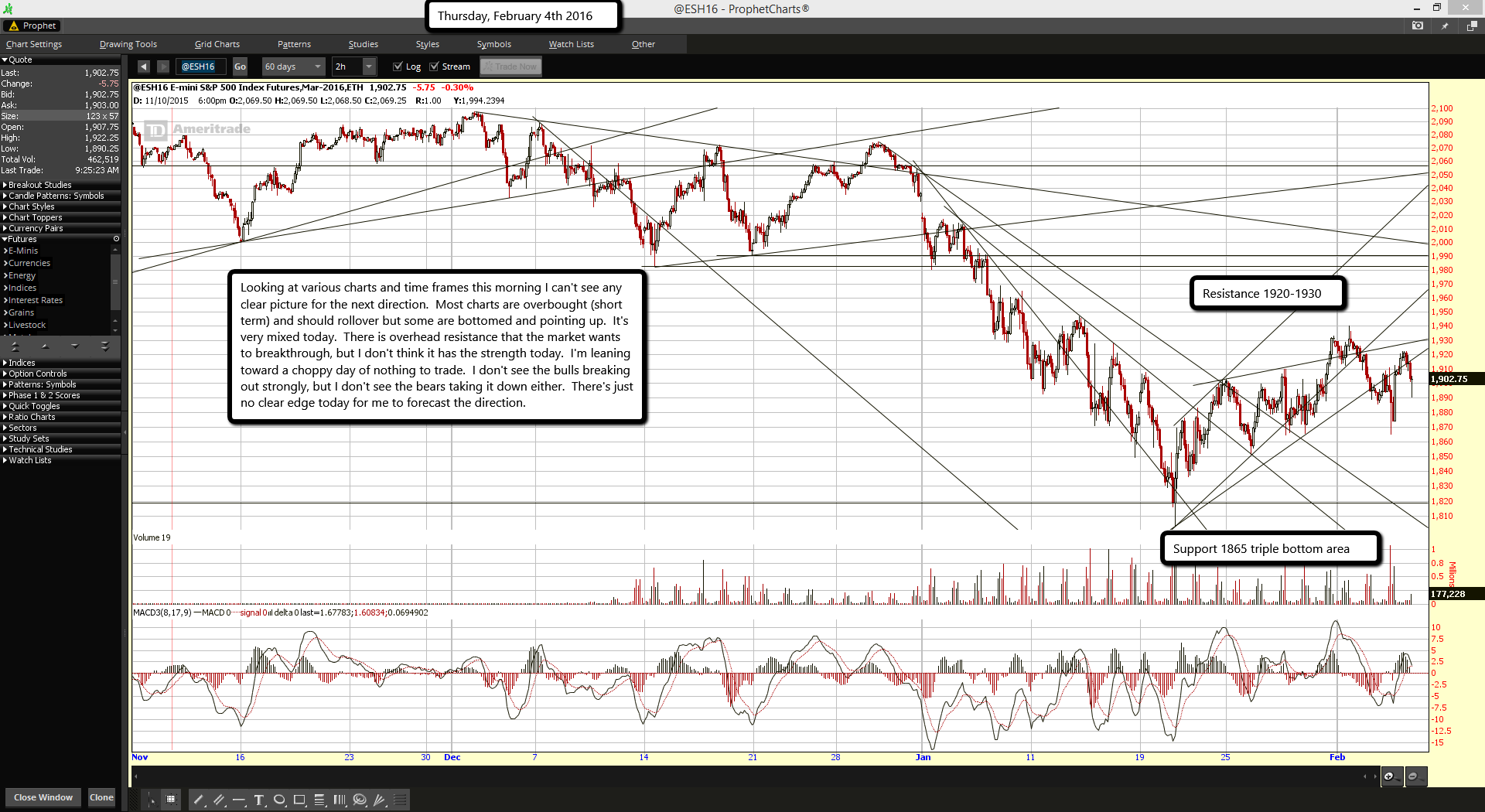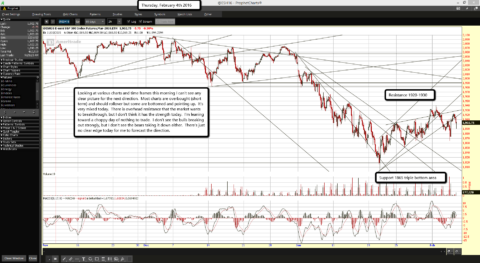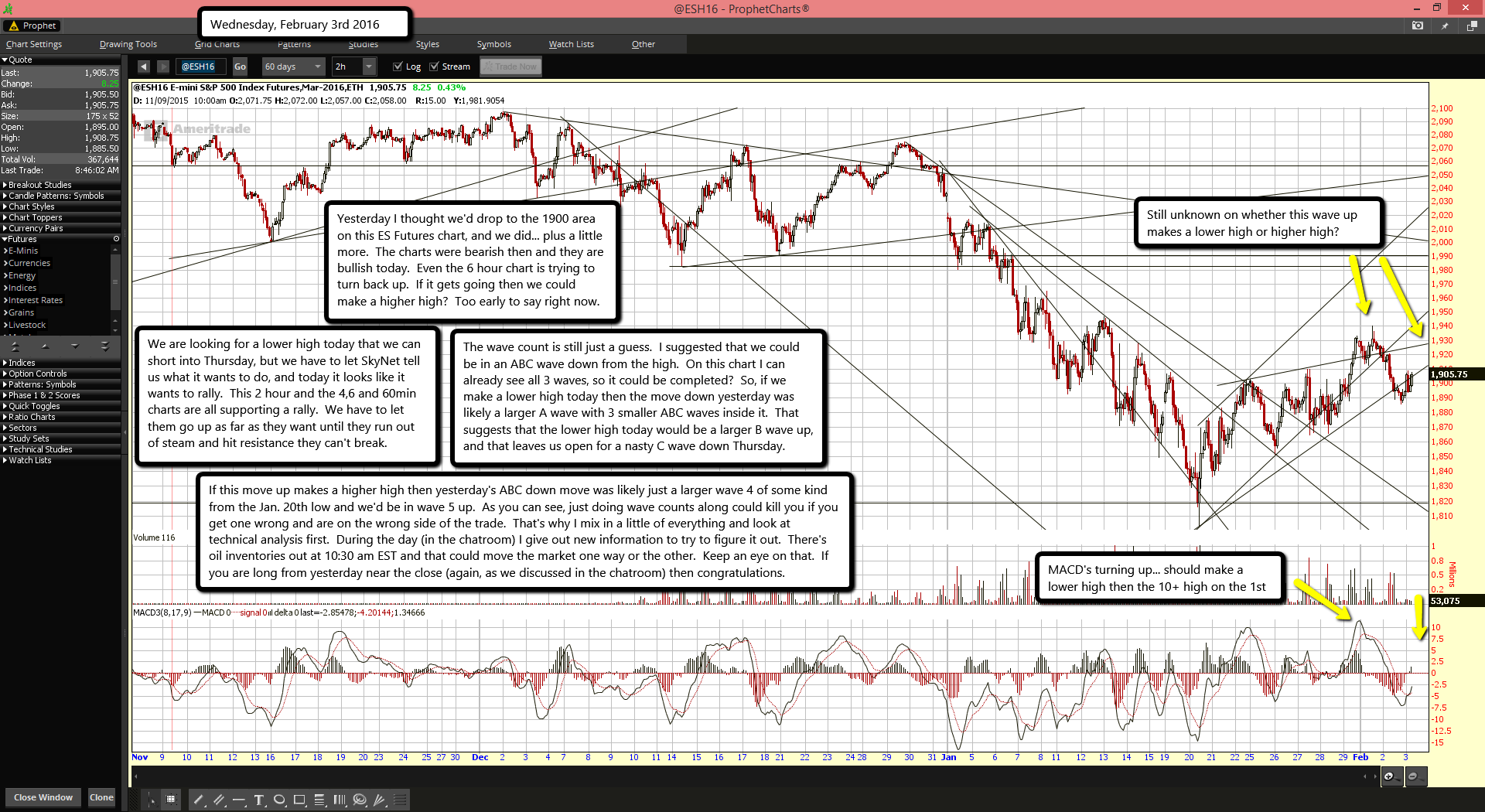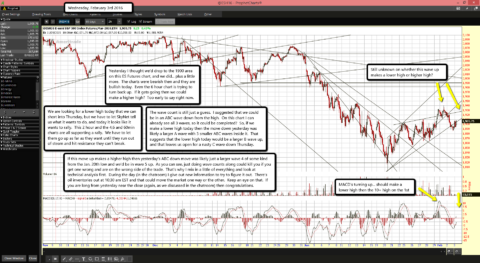Private sector employment increased by 205,000 jobs from December to January according to the January ADP National Employment Report®. Broadly distributed to the public each month, free of charge, the ADP National Employment Report is produced by ADP® in collaboration with Moody's Analytics. The report, which is derived from ADP's actual payroll data, measures the change in total nonfarm private employment each month on a seasonally-adjusted basis.
January 2016 Report Highlights*
View the ADP National Employment Report Infographic at www.adpemploymentreport.com.
Total U.S. Nonfarm Private Employment: 205,000
* Sum of components may not equal total, due to rounding.
Payrolls for businesses with 49 or fewer employees increased by 79,000 jobs in January, down from December's upwardly revised 101,000. Employment among companies with 50-499 employees increased by 82,000 jobs, up still further from December's upwardly revised 77,000. Employment at large companies -- those with 500 or more employees -- came in at 44,000, half of December's downwardly revised 88,000. Companies with 500-999 added 15,000 jobs, while companies with over 1,000 employees gained 30,000 jobs.
Goods-producing employment rose by 13,000 jobs in January, well off from December's upwardly revised 30,000. The construction industry added 21,000 jobs, which was roughly in line with the average monthly jobs gained during 2015. Meanwhile, manufacturing neither added nor lost jobs.
Service-providing employment rose by 192,000 jobs in January, down from an upwardly revised 237,000 in December. The ADP National Employment Report indicates that professional/business services contributed 44,000 jobs, down from 69,000 in December. Trade/transportation/utilities grew by 35,000, up slightly from a downwardly revised 33,000 the previous month. The 19,000 new jobs added in financial activities were the most in that sector since March 2006.
"One of the main reasons for lower overall employment gains in January was the drop off in jobs added at the largest companies compared to December. These businesses are more sensitive to current economic conditions than small and mid-sized companies," said Ahu Yildirmaz, VP and head of the ADP Research Institute. "Over the past year, businesses with less than 500 employees have created nearly 80 percent of new jobs."
Mark Zandi, chief economist of Moody's Analytics, said, "Job growth remains strong despite the turmoil in the global economy and financial markets. Manufacturers and energy companies are reducing payrolls, but job gains across all other industries remain robust. The U.S. economy remains on track to return to full employment by mid-year."
To see Chart 1. Change in Total Nonfarm Private Employment, please click here: http://media.marketwire.com/attachments/201602/MOD-23985_Chart1.ChangeinTotalNonfarmPrivateEmployment.jpg
To see Chart 2. Historical Trend -- Change in Total Nonfarm Private Employment, please click here: http://media.marketwire.com/attachments/201602/MOD-23986_Chart2.HistoricalTrendChangeinTotalNonfarmPrivateEmployment.jpg
To see Chart 3. Change in Nonfarm Private Employment by Selected Industry, please click here: http://media.marketwire.com/attachments/201602/MOD-23987_Chart3.ChangeinNonfarmPrivateEmploymentbySelectedIndustry.jpg
To see Chart 4. Change in Nonfarm Private Employment by Company Size, please click here: http://media.marketwire.com/attachments/201602/MOD-23988_Chart4.ChangeinNonfarmPrivateEmploymentbyCompanySize.jpg
The matched sample used to develop the ADP National Employment Report was derived from ADP payroll data, which represents 411,000 U.S. clients employing nearly 24 million workers in the U.S. The December total of jobs added was revised from 257,000 to 267,000.
To obtain additional information about the ADP National Employment Report, including additional charts, supporting data and the schedule of future release dates, or to subscribe to the monthly email alerts and RSS feeds, please visit www.adpemploymentreport.com.
The February 2016 ADP National Employment Report will be released at 8:15 a.m. ET on March 2, 2016.
About the ADP National Employment Report®
The ADP National Employment Report® is a monthly measure of the change in total U.S. nonfarm private employment derived from actual, anonymous payroll data of client companies served by ADP®, a leading provider of human capital management solutions. The report, which measures nearly 24 million U.S. workers, is produced by the ADP Research Institute®, a specialized group within the company that provides insights around employment trends and workforce strategy, in collaboration with Moody's Analytics, Inc.
Each month, ADP issues the ADP National Employment Report as part of the company's commitment to adding deeper insights into the U.S. labor market and providing businesses, governments and others with a source of credible and valuable information. The ADP National Employment Report is broadly distributed to the public each month, free of charge.
The data for this report is collected for pay periods that can be interpolated to include the week of the 12th of each month, and processed with statistical methodologies similar to those used by the U.S. Bureau of Labor Statistics to compute employment from its monthly survey of establishments. Due to this processing, this subset is modified to make it indicative of national employment levels; therefore, the resulting employment changes computed for the ADP National Employment Report are not representative of changes in ADP's total base of U.S. business clients.
For a description of the underlying data and the statistical model used to create this report, please see "ADP National Employment Report: Development Methodology" at http://adpemploymentreport.com/common-legacy/docs/ADP-NER-Methodology-Full-Detail.pdf.
About Moody's Analytics
Moody's Analytics helps capital markets and risk management professionals worldwide respond to an evolving marketplace with confidence. The company offers unique tools and best practices for measuring and managing risk through expertise and experience in credit analysis, economic research and financial risk management. By providing leading-edge software, advisory services, and research, including the proprietary analysis of Moody's Investors Service, Moody's Analytics integrates and customizes its offerings to address specific business challenges. Moody's Analytics is a subsidiary of Moody's Corporation (NYSE: MCO), which reported revenue of $3.3 billion in 2014, employs approximately 10,200 people worldwide and maintains a presence in 35 countries. Further information is available at www.moodysanalytics.com.
About ADP (NASDAQ: ADP)
Powerful technology plus a human touch. Companies of all types and sizes around the world rely on ADP's cloud software and expert insights to help unlock the potential of their people. HR. Talent. Benefits. Payroll. Compliance. Working together to build a better workforce. For more information, visit ADP.com.
The ADP logo, ADP, the ADP National Employment Report and the ADP Research Institute are registered trademarks of ADP, LLC. ADP A more human resource. is a service mark of ADP, LLC. All other marks are the property of their respective owners. Copyright © 2016 ADP, LLC.
[ad_2]
 CVS HealthThis week, CVS is opening its first pharmacy inside a Target store.
CVS HealthThis week, CVS is opening its first pharmacy inside a Target store.  The mergers additionally significantly reduce competition in the retail clinic business, reports the Washington Post’s Ariana Eunjung Cha. The acquisitions combine the No. 1 provider of retail clinics (CVS MinuteClinic) with the No. 5 provider (Target), as well as the No. 2 provider (Walgreens) with No. 6 (Rite Aid).
The mergers additionally significantly reduce competition in the retail clinic business, reports the Washington Post’s Ariana Eunjung Cha. The acquisitions combine the No. 1 provider of retail clinics (CVS MinuteClinic) with the No. 5 provider (Target), as well as the No. 2 provider (Walgreens) with No. 6 (Rite Aid). Thomson ReutersA CVS pharmacy is seen in New York City
Thomson ReutersA CVS pharmacy is seen in New York City
























